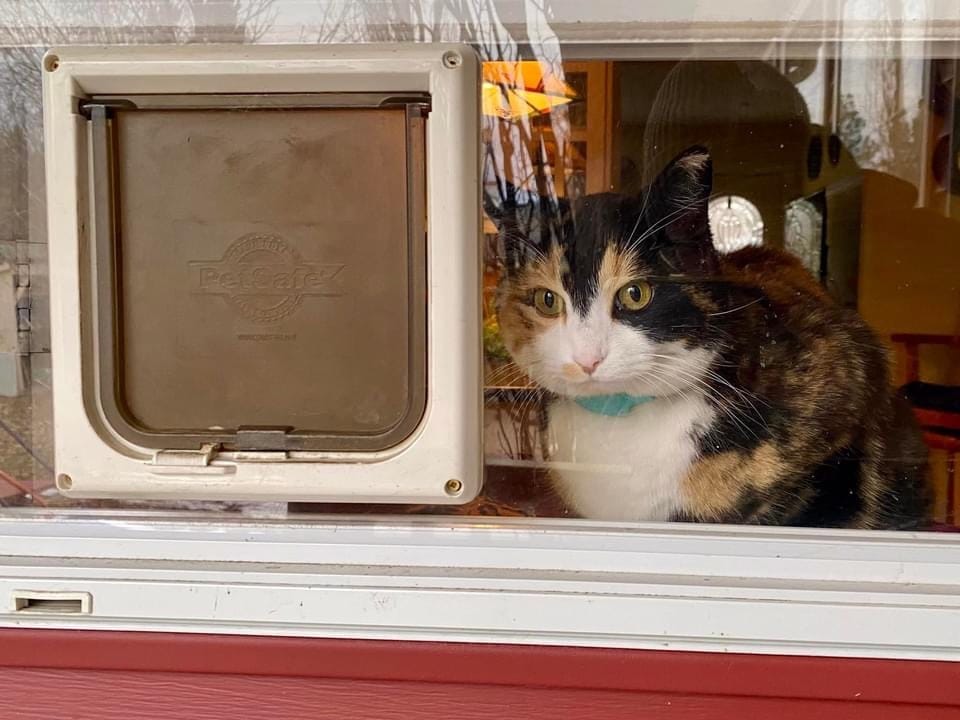
Only about 1 in every 3,000 calico cats is male.
If you know anything about calico cats, it’s that they’re especially cute. If you know two things about them, the second might be that only about 1 in every 3,000 of them is male. The tricolor kitties — which are most often but not always white, orange, and black — get their distinct coat from their chromosomal makeup. Female cats have two X chromosomes, which carry the coding gene for black and orange coloration, and the only way for calico coloring to occur is for a kitten to get one black-coded X and one orange-coded X. The same is also true of tortoiseshell (tortie) cats, which are predominantly black and orange — and known for their “tortitude.” (The white patches in calicos, meanwhile, happen through a separate genetic process called piebalding, which produces areas of skin and fur without any pigment.)
Though extremely rare, male calicos and torties do exist. This is usually the result of one of two conditions: chimerism or Klinefelter’s syndrome. The former occurs when two embryos fuse early in pregnancy, resulting in two different sets of DNA, while Klinefelter’s is the result of a male inheriting an extra X chromosome and therefore having XXY chromosomes. Making them even rarer is the fact that male calicos are almost always sterile, meaning it’s all but impossible to breed calicos — every one you see is an anomaly, and all the more special for it.
There’s a reason that maneki-nekoare so often depicted as calicos: They’re considered good luck. The “beckoning cat” figurines found throughout Japan and at Japanese and Chinese establishments around the world are intended as tokens of good fortune, with one of their paws raised high in a waving motion. This dates back to the tradition of Japanese sailors travelingwith calicos to bring about safe passage — the multicolored cats were believed to be able to chase away stormsand ancestral ghosts. In the United States and England, meanwhile, male calicos are considered especially lucky because of their rarity.
————————————————————
81% of orange cats are male. Whereas females will be orange only if they carry that gene in both X chromosomes, males will be orange if they carry it in either the X or Y chromosome.
Latest
More from the site
Byron Nilsson
Songs Links & Lyrics
Silver Springs Fleetwood Mac https://youtu.be/kVE4aOUX2iM?si=mbD12-U40jUVzy7g Come on, Let’s Go Los Lobos https://youtu.be/PE3_1Xl4jE0 I Don’t Want to Be Gavin DeGraw https://youtu.be/zvlcno07-fY I do
Read post
Byron Nilsson
Klohe has a question,
Gracie’s warm as toast, Freddy wants the door unlocked, Banksy sees a ghost. 2024-01-07
Read post
Byron Nilsson
For Whom the Bell Jingles
Noticed #SmallStory #SmallPoem today on Mastodon, with today’s prompt of #bells. So gave it a try. #BadPoetry For Whom the Bell Jingles #BanksyTheCat of Markerville Loved to chase the tweeters While t
Read post

